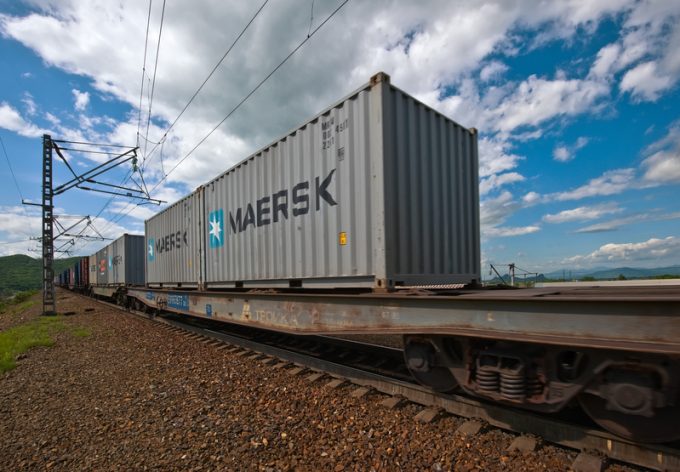Real test of Gemini hub and spoke model yet to come, says Maersk
Early signs may be positive for the Gemini Cooperation’s “hub and spoke” model, but head ...

Just months after transforming its Asia-Europe rail offering into a weekly service, Maersk is set to double capacity again and offer two departures a week.
The container carrier said demand for the AE19 service had outstripped supply in the wake of the coronavirus pandemic.
Volumes had nearly doubled in the immediate aftermath of the outbreak when shipping lines introduced widespread blanking programmes and many countries began social lockdowns.
Attracted by competitive prices as well as faster transit, both North-east Asia and North Europe ...
Volcanic disruption at Anchorage could hit transpacific airfreight operations
Shippers snap up airfreight capacity to US ahead of tariff deadline
New price hikes may slow ocean spot rate slide – but for how long?
Tighter EU import requirements proving 'a challenge' for forwarders
Supply chain delays expected after earthquake hits Myanmar
Looming Trump tariffs will create 'a bureaucratic monster' for Customs
Forwarders stay cool as US 'liberation day' tariffs threaten 'global trade war'

Comment on this article